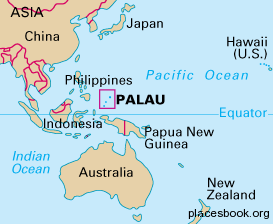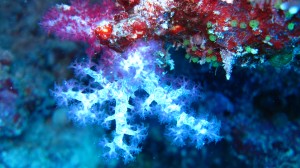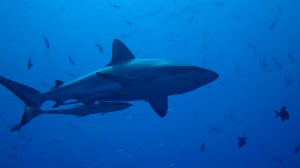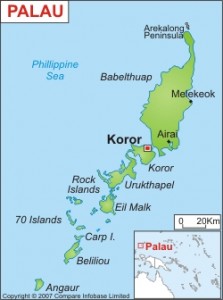Palau – a beautiful destination for going on a “Journey to the South Pacific,” as illustrated by MacGillivray Freeman Films. It really brings tropical diving to life and captures the diversity that lies waiting in the islands of Palau.
But wait! Where in the world is Palau?
Here, located between Australia and the Philippines, sit the approximately 300 islands of Palau. A tropical paradise that locals and travellers are encouraged to explore and enjoy. A quick Google Images search of simply “Palau” will pop hundreds of gorgeous shots of animals, fish, birds, trees, people etc. However, the prevalent focus of these pictures is on the ocean. The ocean is everywhere!
What makes Palau special is its amazing coral reefs, which attract small fish and larger animals such as sharks.
Luckily for tourists around the world who come to visit this marine oasis, much of Palau’s coast is conserved through Marine Protected Areas and many terrestrial areas are protected as well. The map below shows Palau, including the Rock Islands Southern Lagoon, the country’s first and only UNESCO World Heritage Site which was established in 2012 and covers 100,200 ha (387 mi2).
The country has realized that instead of killing a shark and then selling it for a single profit; they can “sell” sharks over and over again to tourists who want to dive with them. A single shark is valued to be worth $1.9 million in Palau, which makes ecotourism very profitable for the country and more sustainable for wild populations. On Feb 4, 2014, the president of Palau announced that he intends to make the entire country a National Marine Sanctuary, with no industrial fishing because “our economy is the environment and the environment is our economy.”
Scientific research (which is referenced below in case you’re curious) has shown that the ecotourism industry is very valuable. Palau welcomes over 80,00 tourists every year, over half of whom are divers, who come to experience the lush life of Palau’s reefs. In taxes, the government alone makes over US$1.5 million from hotels and restaurants for a year.
The researchers also estimated how much money could be made from 100 sharks over a 16 year life expectancy, which totalled up to US$200 million in revenue. Compare this to the US$18 million in revenue that shark fishers could acquire from just killing the 100 sharks outright, it’s an unbelievable difference!
So given the choice, which would you take: the $18 million or the $200 million?
I know what I would choose.
References:
Knip, Danielle, et al. “Evaluating marine protected areas for the conservation of tropical coastal sharks.” Biological Conservation 148: 200–209 (2012).
UNESCO. “Rock Islands Southern Lagoon.” http://whc.unesco.org/en/list/1386/
Vianna, G.M.S. et al. “Socio-economic value and community benefits from shark-diving tourism in Palau: A sustainable use of reef shark populations.” Biological Conservation 145: 267–277 (2012).




Hi friends, fastidious paragraph and good arguments commented here, I am in fact enjoying by these.
very good article…..
This is a very good article….
Great one. Thanks for sharing.
Does anyone know if there are sharks in São Paulo? I’m going to Brazil next month
um site muito relevante parabens
uma bom site e uma boa imagem para refletir
muito bom esse blog um dos melhores em relevância